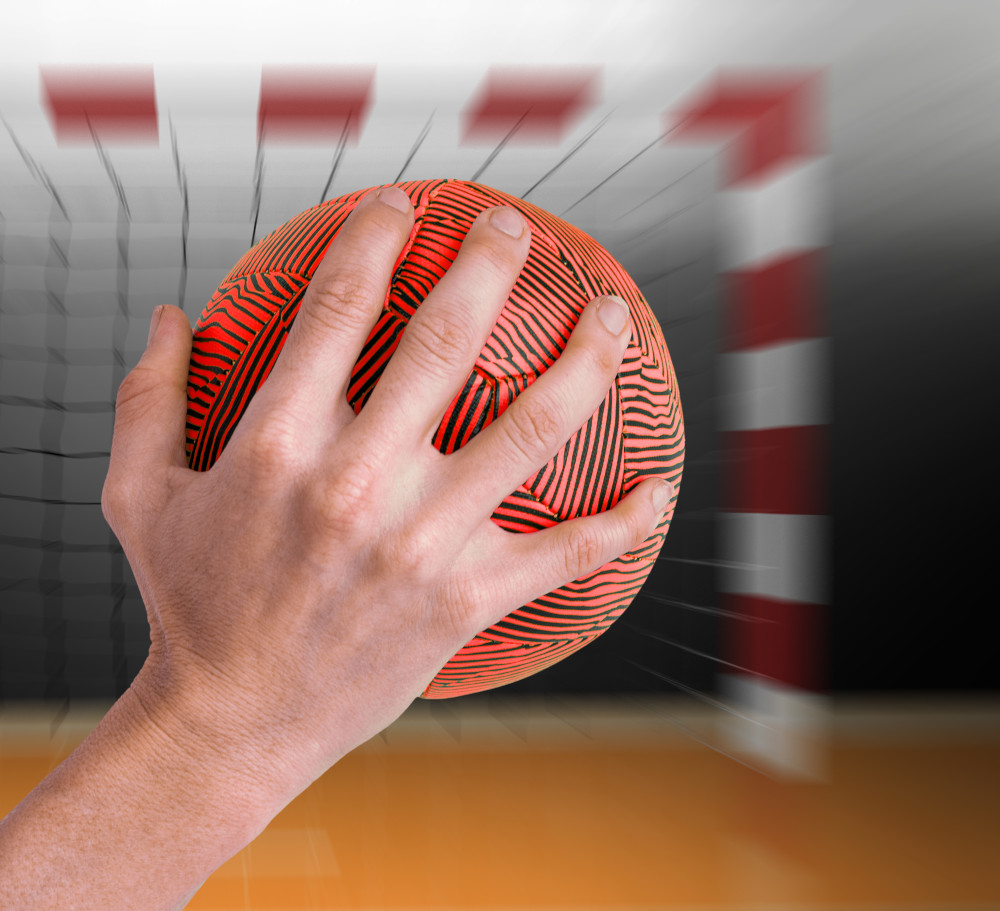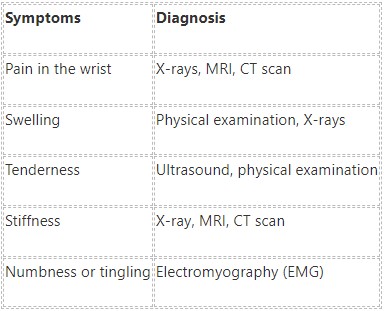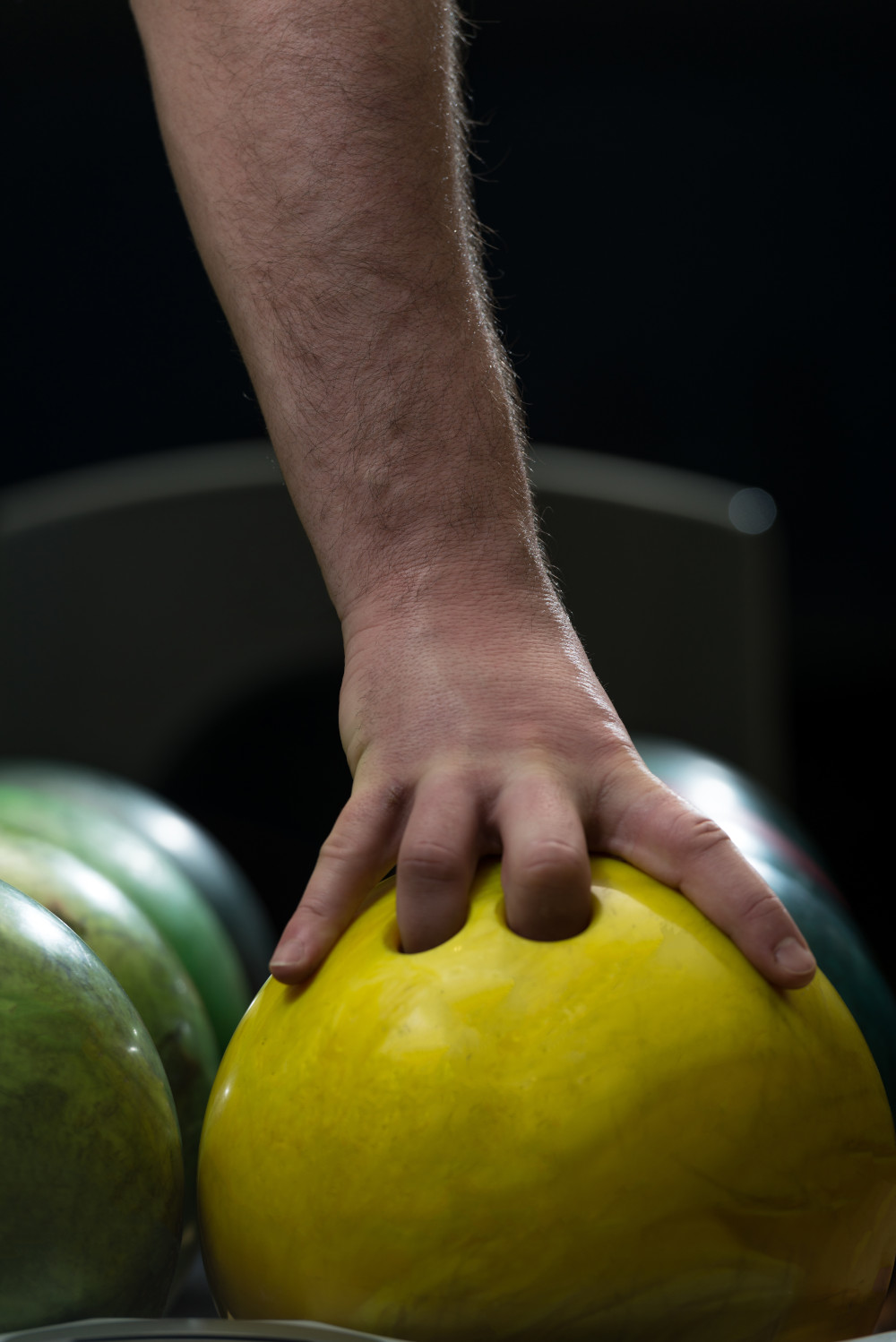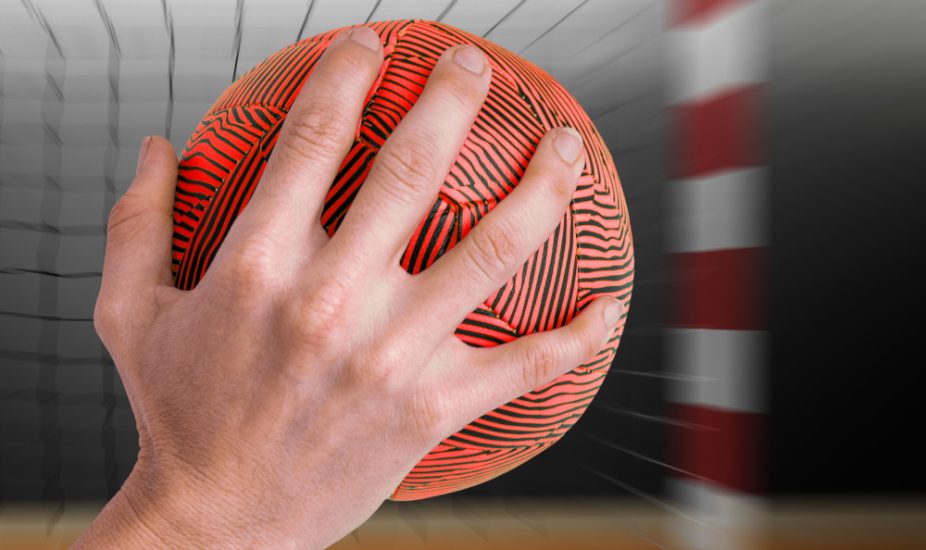This article is a comprehensive guide that provides valuable insights into understanding, preventing, and treating wrist pain in bowling. It offers an overview of the common causes of wrist pain in this sport, different types of bowling-related wrist injuries, and the symptoms and diagnosis techniques associated with these injuries. It also offers practical strategies for preventing wrist injuries through warm-up exercises, proper technique, and form. The guide covers treatment options for wrist pain, including rehabilitation exercises and what to expect when returning to bowling after a wrist injury. Whether you are a seasoned bowler or a beginner, this guide will equip you with the knowledge and tools to protect your wrists and enjoy the sport to its fullest.
Bowling is a popular sport enjoyed by people of all ages and skill levels. However, like any physical activity, it can come with its fair share of risks and injuries. One area of the body that is particularly susceptible to injury in bowling is the wrist. Understanding wrist injuries in bowling helps professional and recreational bowlers to prevent and treat these injuries effectively.
Key Takeaways
- Bowling-related wrist injuries are common among bowlers of all skill levels.
- Wrist pain in bowling can be caused by a variety of factors, including poor technique and overuse.
- Common types of bowling-related wrist injuries include sprains, strains, and tendinitis.
- Symptoms of wrist pain in bowling may include swelling, stiffness, and difficulty gripping the ball.
- Prevention strategies for wrist injuries in bowling include proper warm-up exercises, technique and form, and rest and recovery.

Understanding the Causes of Wrist Pain in Bowling
To understand wrist injuries in bowling, it is important first to understand the mechanics of the sport. When bowling, the wrist generates power and accuracy in the delivery of the ball. The repetitive motion of swinging the ball and releasing it can put a significant amount of strain on the wrist, leading to pain and injury.
Common causes of wrist pain in bowling include overuse, poor technique, and inadequate warm-up or stretching routines. Overuse can occur when bowlers participate in long practice sessions or competitions without giving their wrists enough time to rest and recover. Poor technique, such as gripping the ball too tightly or releasing it incorrectly, can also contribute to wrist pain. Additionally, failing to properly warm up and stretch before bowling can increase the risk of injury.
Wrist injuries can have a significant impact on a bowler’s performance. Pain and discomfort in the wrist can affect their ability to grip and release the ball properly, resulting in decreased accuracy and power. This can lead to lower scores and frustration for bowlers who rely on their wrists for optimal performance.
Common Types of Bowling-Related Wrist Injuries
Several different types of wrist injuries can occur in bowling. One common injury is wrist tendonitis, which is inflammation of the tendons in the wrist. This can be caused by repetitive motions or wrist overuse during bowling. Symptoms of wrist tendonitis include pain, swelling, and difficulty moving the wrist.
Another common wrist injury in bowling is a sprain or strain. This occurs when the ligaments in the wrist, or the muscles in the forearms, are stretched or torn. This can happen from sudden movements or excessive force on the wrist. Symptoms of a sprain or strain include pain, swelling, and limited range of motion.
A more severe wrist injury that can occur in bowling is a fracture. This happens when one or more of the bones in the wrist break. Fractures can be caused by a direct impact on the wrist (like with a fall) or from repetitive stress over time. Symptoms of a wrist fracture include severe pain, swelling, and deformity of the wrist.
Symptoms and Diagnosis of Wrist Pain in Bowling

Recognizing the signs and symptoms of wrist injuries helps early diagnosis and treatment. Common symptoms of wrist injuries in bowling include pain, swelling, tenderness, and difficulty moving the wrist. If you experience any of these symptoms, it is important to seek medical attention to determine the cause and severity of your injury.
To diagnose a wrist injury, a healthcare professional will typically perform a physical examination and may order imaging tests such as X-rays or an MR. These tests can help identify any fractures, ligament tears, or other abnormalities in the wrist.
Prevention Strategies for Wrist Injuries in Bowling
Prevention is key when it comes to avoiding wrist injuries in bowling. There are several strategies that bowlers can implement to reduce their risk of injury. First and foremost, it is important to listen to your body and give your wrists adequate rest between bowling sessions. This will allow your wrists to recover and prevent overuse injuries.
Proper technique and form help prevent wrist injuries. Bowlers should focus on maintaining a relaxed grip on the ball and using their entire arm to generate power rather than relying solely on their wrists. Additionally, incorporating a thorough warm-up routine that includes stretching exercises for the wrists can help prepare the muscles and tendons for the demands of bowling.
Using proper equipment and gear is another important aspect of injury prevention. Bowlers should ensure that they are using a ball that is the correct weight and fit for their individual needs. Additionally, wrist supports or braces can provide added stability and support to the wrist during bowling.
Warm-Up Exercises for Bowlers to Prevent Wrist Pain
Warming up before bowling helps prevent wrist injuries. A proper warm-up routine should include exercises that target the muscles and tendons in the wrists to increase flexibility and reduce the risk of injury.
One effective warm-up exercise for bowlers is wrist circles. To perform this exercise, extend your arm in front of you with your palm facing down. Slowly rotate your wrist in a circular motion, making sure to move through a full range of motion. Repeat this exercise in both directions for 10-15 repetitions.
Another beneficial warm-up exercise is wrist flexion and extension. Start by holding a light dumbbell or resistance band in your hand with your palm facing up. Slowly bend your wrist upward, bringing the weight towards your forearm. Then, slowly lower the weight back down, bending your wrist downward. Repeat this exercise for 10-15 repetitions.
Incorporating these warm-up exercises into your pre-bowling routine can help prepare your wrists for the demands of bowling and reduce the risk of injury.
Proper Technique and Form to Avoid Wrist Injuries
Using proper technique and form helps avoid unnecessary strain on the wrists during bowling. One key aspect of proper technique is maintaining a relaxed grip on the ball. Gripping the ball too tightly can put excessive strain on the wrists and increase the risk of injury. Instead, focus on using your entire arm to generate power and momentum in your delivery.
Another important aspect of proper technique is maintaining a smooth and fluid motion throughout your delivery. Avoid jerky or abrupt movements that can put additional stress on the wrists. Instead, focus on a controlled and consistent release of the ball.
Improving your technique and form can take time and practice. Consider working with a bowling coach or instructor who can provide guidance and feedback on your technique. They can help identify any areas where you may be putting unnecessary strain on your wrists and provide improvement tips.
Treatment Options for Wrist Pain in Bowling
If you experience wrist pain or injury while bowling, there are several treatment options available to help alleviate symptoms and promote healing. The appropriate treatment will depend on the severity and type of injury.
For mild wrist injuries, conservative treatments such as rest, ice, compression, and elevation (RICE) may be sufficient. This involves taking a break from bowling to allow the wrist to rest and heal, applying ice to reduce swelling, using compression bandages or braces for support, and elevating the wrist to reduce inflammation.
In more severe cases, additional treatments may be necessary. This can include physical therapy or occupational therapy to strengthen the muscles and improve the range of motion in the wrist, medications to manage pain and inflammation, or in some cases, surgery to repair damaged ligaments or bones.
It is important to consult with a healthcare professional for an accurate diagnosis and appropriate treatment plan for your specific wrist injury.
Rehabilitation Exercises for Wrist Injuries in Bowlers
Rehabilitation exercises are an important component of recovering from a wrist injury in bowling. These exercises help restore strength, flexibility, and range of motion in the wrist, allowing bowlers to return to their sport safely.
The specific exercises recommended will depend on the type and severity of the wrist injury. For example, if you have wrist tendonitis or sprain, exercises that focus on gentle stretching and strengthening of the wrist muscles may be beneficial. This can include exercises such as wrist curls, wrist extensions, and wrist rotations.
If you have a more severe injury such as a fracture, your rehabilitation program may involve more intensive exercises to promote healing and restore function after your bones have healed. This can include exercises such as grip strengthening exercises, finger and thumb exercises, and range of motion exercises.
It is important to work with a physical therapist or occupational therapist to develop an individualized rehabilitation plan that is tailored to your specific needs and goals.

Returning to Bowling After a Wrist Injury: What to Expect
Returning to bowling after a wrist injury can be an exciting but challenging process. It is important to take the necessary time to allow your wrist to heal fully before attempting to return to the sport. Rushing the recovery process can increase the risk of re-injury and prolong your time away from bowling.
Once you have been cleared by a healthcare professional to return to bowling, it is important to start slowly and gradually increase your activity level. Begin with light practice sessions and focus on using proper technique and form to avoid putting unnecessary strain on your wrist. Pay attention to any pain or discomfort during and after bowling, as this may be a sign that you are pushing yourself too hard.
As you continue to progress in your recovery, gradually increase the intensity and duration of your bowling sessions. Incorporate regular rest days into your schedule to allow your wrists time to recover. It may also be beneficial to continue with any rehabilitation exercises recommended by your healthcare professional to maintain strength and flexibility in the wrist.
By understanding the causes of wrist pain in bowling, recognizing the symptoms of wrist injuries, and implementing prevention strategies, bowlers can reduce their risk of injury and improve their performance on the lanes. If you experience wrist pain or injury while bowling, it is important to seek medical attention for an accurate diagnosis and appropriate treatment plan. Taking wrist injuries seriously and following proper treatment and rehabilitation protocols can help ensure a safe and successful return to bowling. Your first step toward healing and feeling better is to schedule an appointment for a professional evaluation. Schedule an appointment today – complete and submit the request form by the link: https://sportscare-armworks.com/request-an-appointment/. Choose the preferred service and location in the Portland area. If you contact us after business hours, we will get back to you the next business day. We look forward to hearing from you!
Don't let pain or limited mobility hold you back.
Contact us now to schedule your appointment and regain strength through personalized physical therapy sessions. Take charge of your health and well-being today!
Request An AppointmentFrequently Asked Questions
-
What is bowling wrist pain?
Bowling wrist pain is a condition that occurs when the wrist is overused or injured during bowling. It can cause discomfort, pain, and limited mobility in the wrist.
-
What are the symptoms of bowling wrist pain?
Symptoms of bowling wrist pain include pain, tenderness, swelling, stiffness, and limited range of motion in the wrist. In severe cases, there may be a popping or clicking sound when moving the wrist.
-
What causes bowling wrist pain?
Bowling wrist pain is caused by repetitive stress on the wrist during bowling. This can be due to poor technique, using a ball that is too heavy, or not warming up properly before bowling.
-
How can bowling wrist pain be prevented?
Bowling wrist pain can be prevented by using proper technique, using a ball that is the right weight for you, warming up before bowling, and taking breaks to rest your wrist during bowling sessions.
-
What are the treatment options for bowling wrist pain?
Treatment options for bowling wrist pain include rest, ice, compression, and elevation (RICE), over-the-counter pain medication, physical therapy or occupational therapy, and in severe cases, surgery.
-
When should I see a doctor for bowling wrist pain?
You should see a doctor for bowling wrist pain if the pain is severe, lasts for more than a few days, or if you experience any numbness or tingling in your hand or fingers.

